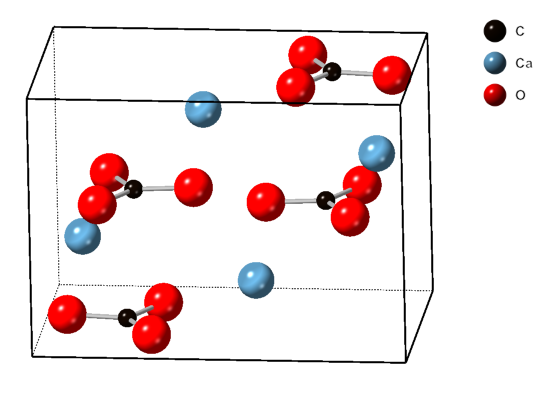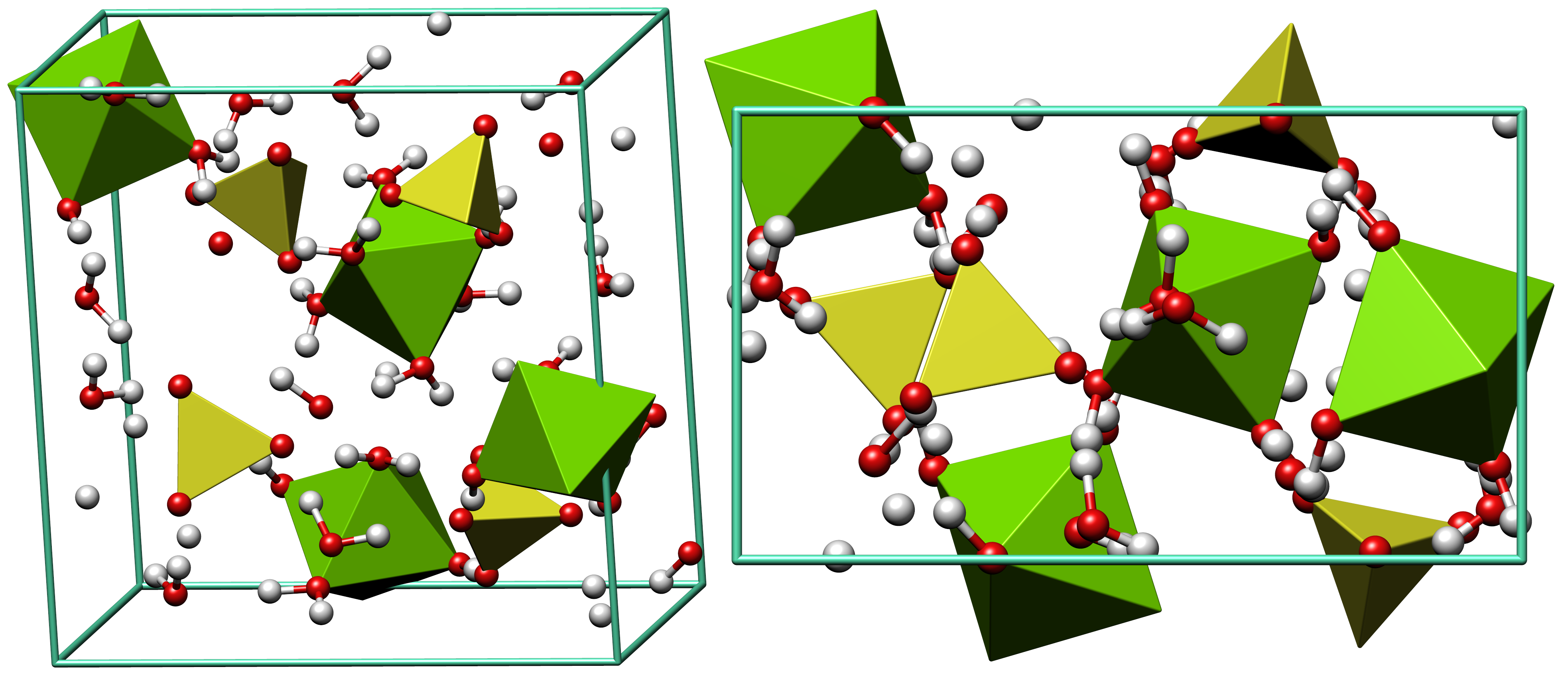|
Anthodite
Anthodites (Greek language, Greek ἄνθος ''ánthos'', "flower", ''-ode'', adjectival combining form, ''-ite'' adjectival suffix) are speleothems (cave formations) composed of long needle-like crystals situated in clusters which radiate outward from a common base. The "needles" may be quill-like or feathery. Most anthodites are made of the mineral aragonite (a variety of calcium carbonate, CaCO3), although some are composed of gypsum (CaSO4·2H2O). The term ''anthodite'' is first cited in the scientific literature in 1965 by Japanese researcher N. Kashima, who described "flower-like dripstone" composed of "an alternation of calcite and aragonite". Structure, composition and appearance The individual crystals of anthodites develop in a form described as "acicular" (needle-like) and often branch out as they grow. They usually grow downward from a cave's ceiling. Aragonite crystals are contrasted with those made of calcite (another variety of calcium carbonate) in that the latt ... [...More Info...] [...Related Items...] OR: [Wikipedia] [Google] [Baidu] |
Skyline Caverns
Skyline Caverns is a series of geologic caves and a tourist attraction located in Warren County, Virginia, south of Front Royal, Virginia, Front Royal. The caverns were discovered by Walter S. Amos, a retired geologist and mineralogist from Winchester, Virginia, on December 17, 1937. Skyline Caverns is open year-round, offering guided tours through the caverns. History Walter S. Amos was contracted by several private and government agencies to search for caves and caverns to open in conjunction with Skyline Drive. During his search, he came across a sinkhole that was located approximately where the parking lot is currently situated. Normally, sinkholes are formed by the collapsing of a cavern roof, which takes the ground above with it. When he saw there was no water in the sinkhole, which meant there had to be a drain nearby, he believed he had discovered a cavern. Knowing this, Amos began to search the edges for some opening to the possible cave system below. He found this ope ... [...More Info...] [...Related Items...] OR: [Wikipedia] [Google] [Baidu] |
Frostwork
In geology, frostwork is a type of speleothem with acicular ("needle-like") growths almost always composed of aragonite (a polymorph of calcite) or calcite replaced aragonite.Hill, C. and Forti, P. (1997), ''Cave Minerals of the World'', National Speleological Society, 2nd Edition. It is a variety of anthodite. Frostwork can also be made of opal or gypsum. In some caves frostwork may grow on top of cave popcorn or boxwork. Formation The origin of frostwork is somewhat controversial. Formation of cave frostwork has been attributed to moist, circulating air which, containing dissolved calcium carbonate, drifted against rock surfaces and coated them with the delicate crystals. Frostwork has also been attributed to water seepage from cave passageways in which there are relatively high evaporation rates. Occurrence Notable frostwork deposits are found in a number of caves in the Black Hills region of South Dakota, US, most notable in Wind Cave National Park and Jewel Cave Na ... [...More Info...] [...Related Items...] OR: [Wikipedia] [Google] [Baidu] |
Aragonite
Aragonite is a carbonate mineral and one of the three most common naturally occurring crystal forms of calcium carbonate (), the others being calcite and vaterite. It is formed by biological and physical processes, including precipitation from marine and freshwater environments. The crystal lattice of aragonite differs from that of calcite, resulting in a different crystal shape, an orthorhombic crystal system with acicular crystal. Repeated twinning results in pseudo-hexagonal forms. Aragonite may be columnar or fibrous, occasionally in branching helictitic forms called ''flos-ferri'' ("flowers of iron") from their association with the ores at the Carinthian iron mines. Occurrence The type location for aragonite is Molina de Aragón in the Province of Guadalajara in Castilla-La Mancha, Spain, for which it was named in 1797. Aragonite is found in this locality as cyclic twins inside gypsum and marls of the Keuper facies of the Triassic. This type of aragoni ... [...More Info...] [...Related Items...] OR: [Wikipedia] [Google] [Baidu] |
Craighead Caverns
Craighead Caverns is an extensive cave system located in between Sweetwater and Madisonville, Tennessee. It is best known for containing the United States' largest and the world's second largest non- subglacial underground lake, The Lost Sea. In addition to the lake, the caverns contain an abundance of crystal clusters called anthodites, stalactites, stalagmites, and a waterfall. History Located in the foothills of the Great Smoky Mountains, the caverns are named after their former owner, a Cherokee Native American, Chief Craighead. The caverns were used by the Cherokee as a meeting place for their councils. During the American Civil War, the caves were mined by Confederate soldiers for saltpeter, a commodity necessary to the manufacture of gunpowder. The major cave and lake area was also used as a hideout for moonshiners, especially during the Prohibition era. In 1939, explorers found the fossilized remains of a Pleistocene jaguar. The persons who made the discovery were ... [...More Info...] [...Related Items...] OR: [Wikipedia] [Google] [Baidu] |
National Speleological Society
The National Speleological Society (NSS) is an organization formed in 1941 to advance the exploration, conservation, study, and understanding of caves in the United States. Originally headquartered in Washington D.C., its current offices are in Huntsville, Alabama Huntsville is the List of municipalities in Alabama, most populous city in the U.S. state of Alabama. The population of the city is estimated to be 241,114 in 2024, making it the List of United States cities by population, 100th-most populous .... The organization engages in the research and scientific study, restoration, exploration, and protection of caves. It has more than 10,000 members in more than 250 grottos. Since 1974 there has been a cave diving section of the society. History The Speleological Society of the District of Columbia (SSDC) was formed on May 6, 1939 by Bill Stephenson. In the fall of 1940, the officers of the SSDC drafted a proposed constitution that would transform the SSDC into the Na ... [...More Info...] [...Related Items...] OR: [Wikipedia] [Google] [Baidu] |
Epsomite
Epsomite, Epsom salt, or magnesium sulfate heptahydrate, is a hydrous magnesium sulfate mineral with formula . Physical properties Epsomite crystallizes in the orthorhombic system. The normal form is as massive encrustations, while acicular or fibrous crystals are rarely found. It is colorless to white with tints of yellow, green and pink. It is a soft mineral with variable Mohs hardness around 2.0~2.5, and it has a low specific gravity It is readily soluble in water, and absorbs water from the air. It converts to hexahydrate with the loss of one water molecule and a switch to monoclinic structure. The epsomite group includes solid solution series with morenosite (·) and goslarite (·). Etymology It was first systematically described in 1806 for an occurrence near Epsom, Surrey, England, after which it was named. It has been also referred to as "cave cotton" when in its fibrous form. Occurrence Epsomite forms as encrustations or efflorescences on limestone caver ... [...More Info...] [...Related Items...] OR: [Wikipedia] [Google] [Baidu] |
Cave Flower
Caves or caverns are natural voids under the Earth's surface. Caves often form by the weathering of rock and often extend deep underground. Exogene caves are smaller openings that extend a relatively short distance underground (such as rock shelters). Caves which extend further underground than the opening is wide are called endogene caves. Speleology is the science of exploration and study of all aspects of caves and the cave environment. Visiting or exploring caves for recreation may be called ''caving'', ''potholing'', or ''spelunking''. Formation types The formation and development of caves is known as ''speleogenesis''; it can occur over the course of millions of years. Caves can range widely in size, and are formed by various geological processes. These may involve a combination of chemical processes, erosion by water, tectonic forces, microorganisms, pressure, and atmospheric influences. Isotopic dating techniques can be applied to cave sediments, to determine the time ... [...More Info...] [...Related Items...] OR: [Wikipedia] [Google] [Baidu] |
Helictite
A helictite is a speleothem (cave-formed mineral) found in a Solution cave, limestone cave that changes its axis from the vertical at one or more stages during its growth. Helictites have a curving or angular form that looks as if they were grown in zero gravity. They are most likely the result of Capillary action, capillary forces acting on tiny water droplets, a force often strong enough at this scale to defy gravity. Helictites are, perhaps, the most delicate of cave formations. They are usually made of needle-form calcite and aragonite. Helictite forms have been described in several types: ribbon helictites, saws, rods, butterflies, "hands", curly-fries, and "clumps of worms". They typically have symmetry (biology)#Radial symmetry, radial symmetry. They can be easily crushed or broken by the slightest touch. Because of this, helictites are rarely seen within arm's reach in Tourism, tourist caves. Timpanogos Cave National Monument in Utah has one of the largest collections o ... [...More Info...] [...Related Items...] OR: [Wikipedia] [Google] [Baidu] |
Wind Cave
Wind Cave National Park is a national park of the United States located north of the town of Hot Springs in western South Dakota. Established on January 3, 1903 by President Theodore Roosevelt, it was the sixth national park in the U.S. and the first cave to be designated a national park anywhere in the world. The cave is notable for its calcite formations known as boxwork, as well as its frostwork. Approximately 95 percent of the world's discovered boxwork formations are found in Wind Cave. Wind Cave is one of the best known examples of a breathing cave. The cave is recognized as the densest cave system in the world, with the greatest passage volume per cubic mile. Wind Cave is the sixth longest cave in the world with of explored cave passageways () and the third longest cave in the United States, though it is only the second longest cave in Custer County, South Dakota behind Jewel Cave. Despite the close proximity, no connection has ever been found between Wind Cave an ... [...More Info...] [...Related Items...] OR: [Wikipedia] [Google] [Baidu] |
Stalagmite
A stalagmite (, ; ; ) is a type of rock formation that rises from the floor of a cave due to the accumulation of material deposited on the floor from ceiling drippings. Stalagmites are typically composed of calcium carbonate, but may consist of lava, mud, peat, pitch, sand, sinter, and amberat (crystallized urine of pack rats). The corresponding formation hanging down from the ceiling of a cave is a stalactite. Formation and type Limestone stalagmites The most common stalagmites are speleothems, which usually form in limestone caves. Stalagmite formation occurs only under certain pH conditions within the cavern. They form through deposition of calcium carbonate and other minerals, which is precipitated from mineralized water solutions. Limestone is the chief form of calcium carbonate rock, which is dissolved by water that contains carbon dioxide, forming a calcium bicarbonate solution in caverns. The partial pressure of carbon dioxide in the water must be great ... [...More Info...] [...Related Items...] OR: [Wikipedia] [Google] [Baidu] |
Helictite
A helictite is a speleothem (cave-formed mineral) found in a Solution cave, limestone cave that changes its axis from the vertical at one or more stages during its growth. Helictites have a curving or angular form that looks as if they were grown in zero gravity. They are most likely the result of Capillary action, capillary forces acting on tiny water droplets, a force often strong enough at this scale to defy gravity. Helictites are, perhaps, the most delicate of cave formations. They are usually made of needle-form calcite and aragonite. Helictite forms have been described in several types: ribbon helictites, saws, rods, butterflies, "hands", curly-fries, and "clumps of worms". They typically have symmetry (biology)#Radial symmetry, radial symmetry. They can be easily crushed or broken by the slightest touch. Because of this, helictites are rarely seen within arm's reach in Tourism, tourist caves. Timpanogos Cave National Monument in Utah has one of the largest collections o ... [...More Info...] [...Related Items...] OR: [Wikipedia] [Google] [Baidu] |






